Buy this landscape artwork Þingvellir, Iceland by Fenna Duin-Huizing on canvas, ArtFrame, poster and wallpaper, printed on demand in high quality.
About "Þingvellir, Iceland"
by Fenna Duin-Huizing
About the artwork
Almost everything that happened in Iceland until 1271 had something to do with the Alding and the history of the country always has to do with things that were arranged here. It was the people's representation, the forerunner of the parliament of Iceland. In 1262 it was decided that Iceland would surrender to Norway. In 1798 the last open air meeting took place here and in 1800 the parliament was transferred to Reykjavik. From 1843 Iceland was busy making itself independent, but the power that once lay with Þingvellir was at an end.
Þingvellir is now an important meeting place at a time of important historical events. On 17 June 1944, Iceland's independence was proclaimed, in 1974 the 1100th anniversary of Iceland's colonisation was celebrated en masse, and in 2000, the 1000-year-old Christianity on the island was commemorated on a grand scale.
Arnarson's offspring did not choose Þingvellir by chance. The site was chosen because of the presence of a large fissure channel in the earth, the Almannagjá (All-human gorge) over a large plain, which could accommodate many tens of thousands of people, a waterfall in the Öxará (Axe River), and the presence of the lake Þingvallavatn which provided fresh water and plenty of fish. The Almannagjá functioned as an ultrasound wall, providing optimal acoustics for the audience in the open field.

About Fenna Duin-Huizing
My name is Fenna, 31 years old and living in Beilen in beautiful county Drenthe, The Netherlands. I work in the hospitality industry but in the meantime I am working on a different passion: photography! I'm studying to become a proffesional photographer at the photo school in Apeldoorn... Read more…
 Netherlands
Netherlands Ordered in June 2022
Ordered in June 2022
 Netherlands
Netherlands Ordered in October 2017
Ordered in October 2017
 Netherlands
Netherlands Ordered in January 2022
Ordered in January 2022
 Germany
Germany Ordered in March 2022
Ordered in March 2022
 Germany
Germany Ordered in November 2024
Ordered in November 2024
 Germany
Germany Ordered in April 2022
Ordered in April 2022
 Germany
Germany Ordered in January 2023
Ordered in January 2023
 Netherlands
Netherlands Ordered in November 2021
Ordered in November 2021
 Germany
Germany Ordered in February 2021
Ordered in February 2021
 Germany
Germany Ordered in November 2020
Ordered in November 2020
 Netherlands
Netherlands Ordered in October 2024
Ordered in October 2024
 Netherlands
Netherlands Ordered in May 2020
Ordered in May 2020
About the material
ArtFrame™
Interchangeable Art Prints
- High-quality print
- Easily interchangeable
- Acoustic function
- Large sizes available
Discover the artworks of Fenna Duin-Huizing
 Queensferry crossing, EdinburghFenna Duin-Huizing
Queensferry crossing, EdinburghFenna Duin-Huizing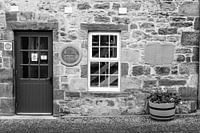 Glenmorangie DistilleryFenna Duin-Huizing
Glenmorangie DistilleryFenna Duin-Huizing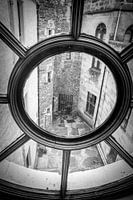 View through Dunrobin castleFenna Duin-Huizing
View through Dunrobin castleFenna Duin-Huizing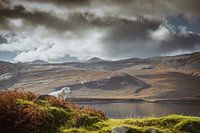 To be a sheep in ScotlandFenna Duin-Huizing
To be a sheep in ScotlandFenna Duin-Huizing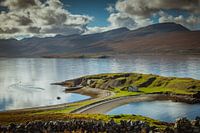 A jewel like scene up north, ScotlandFenna Duin-Huizing
A jewel like scene up north, ScotlandFenna Duin-Huizing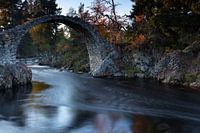 The bridge at Carrbridge, ScotlandFenna Duin-Huizing
The bridge at Carrbridge, ScotlandFenna Duin-Huizing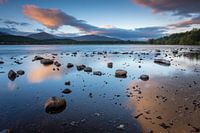 Loch Morlich, ScotlandFenna Duin-Huizing
Loch Morlich, ScotlandFenna Duin-Huizing A boat floating on cloudsFenna Duin-Huizing
A boat floating on cloudsFenna Duin-Huizing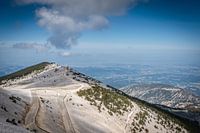 Mont Ventoux, FranceFenna Duin-Huizing
Mont Ventoux, FranceFenna Duin-Huizing Cyclist on the Mont VentouxFenna Duin-Huizing
Cyclist on the Mont VentouxFenna Duin-Huizing Sunset Provence, FranceFenna Duin-Huizing
Sunset Provence, FranceFenna Duin-Huizing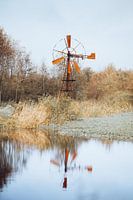 Water mill in the werribbenFenna Duin-Huizing
Water mill in the werribbenFenna Duin-Huizing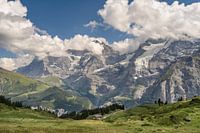 Eiger, Mönch and Jungfrau taken from Mürren, SwitzerlandFenna Duin-Huizing
Eiger, Mönch and Jungfrau taken from Mürren, SwitzerlandFenna Duin-Huizing A French front door in ProvenceFenna Duin-Huizing
A French front door in ProvenceFenna Duin-Huizing French street scene: an old fashion house in ProvenceFenna Duin-Huizing
French street scene: an old fashion house in ProvenceFenna Duin-Huizing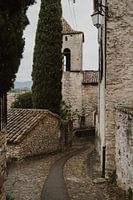 Street scene in Provence, FranceFenna Duin-Huizing
Street scene in Provence, FranceFenna Duin-Huizing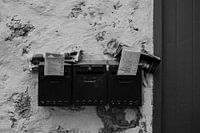 Letterbox in ProvenceFenna Duin-Huizing
Letterbox in ProvenceFenna Duin-Huizing French street scene in Provence, France.Fenna Duin-Huizing
French street scene in Provence, France.Fenna Duin-Huizing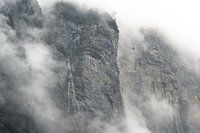 Lift to Gimmelwald, SwitzerlandFenna Duin-Huizing
Lift to Gimmelwald, SwitzerlandFenna Duin-Huizing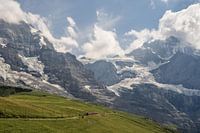 Jungfraubahn on its way to the Jungfrau.Fenna Duin-Huizing
Jungfraubahn on its way to the Jungfrau.Fenna Duin-Huizing
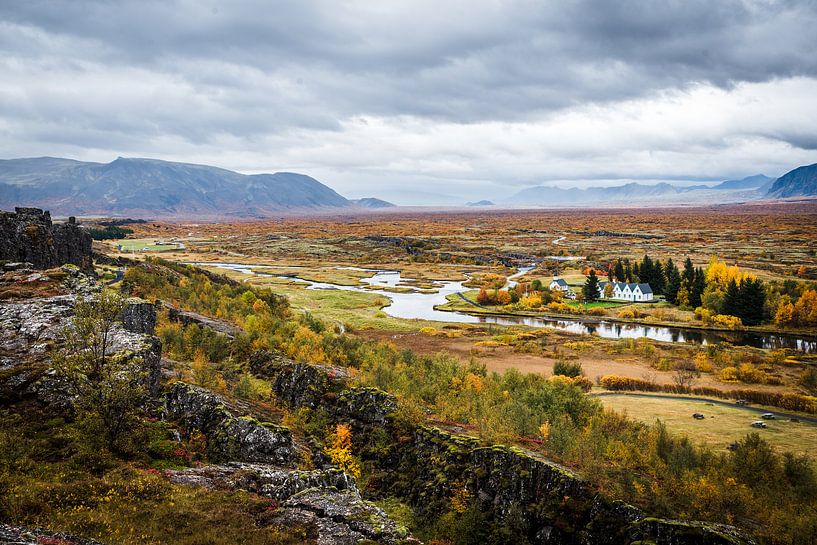












 Iceland
Iceland Landscapes
Landscapes Photo wallpaper
Photo wallpaper Photography
Photography Serene Peace
Serene Peace Waterfall
Waterfall









